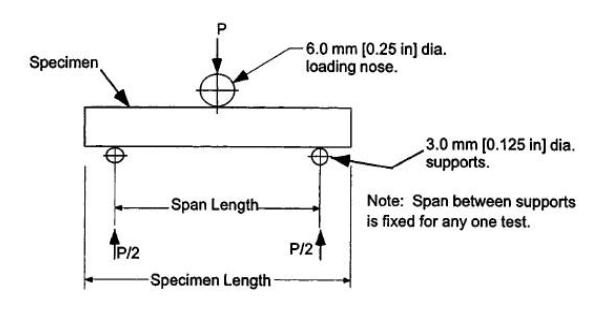3D printing, as well as 4D printing, have opened up an ever-expanding realm of hardware, software, and unique methods for constructing complex geometries. Along with that though also comes a vast array of materials which is continually growing—but many researchers and engineers still use the old standbys like ABS and PLA.
Efforts to recycle 3D printed items are a constant source of study too, as researchers worry about the amount of plastic that could be left sitting in landfills, even if it is eventually biodegradable, as is the case with PLA. In ‘A comparison between mechanical properties of specimens 3D printed with virgin and recycled PLA,’ Italian researchers Antonio Lanzottia, Massimo Martorelli, Saverio Maietta, Salvatore Gerbino, Francesco Penta, and Antonio Gloria further explore the realities of using recycled PLA for functional parts.
PLA is popular in comparison to ABS because it is a bio based polymer. The authors point out that composting the material is probably not a very realistic solution due to the amount of time it takes parts to degrade. But, what if we could recycle PLA? How feasible is this and how does this affect the material? What happens to mechanical strength of material that has been recycled—especially if it has been recycled repeatedly:
“Specifically, it has been proved that the use of a filament recycled twenty times through an extrusion-based process minimally affected the tensile strength and modulus of PLA,” state the researchers. “In addition, a study on recycled polypropylene blends in injection moulding procedure was performed and an appropriate blending ratio of virgin and recycled polymer was assessed, showing that the decrease in the mechanical properties of devices fabricated from recycled polymers may be improved optimizing the process parameters during the injection moulding.”
Further studies also showed that weakening in mechanical properties was minimal in recycled PLA, motivating the authors to form an intense study comparing both virgin PLA and recycled PLA, testing both interlaminar properties and short-beam strength. PLA samples were printed at 200°C using a Prusa I3, with a .4 mm nozzle. The first set was tested, then ground up and recycled with a homemade extruder into 1.75 mm material. It was then used to make new samples for mechanical property testing.

Schematic representation of the experimental setup – horizontal shear load diagram (adapted from ASTM D2344)
The researchers included three different recycling phases, with testing for short-beam strength on both virgin and recycled material. They noted that the PLA recycled once and even twice over was not ‘significantly’ affected in short-beam strength, but after that it did experience substantial degradation. In the samples that had been recycled three times, there was ‘great variability.’
In conclusion, the researchers offered more specific data:
“The one-time and twice recycled specimens showed a short-beam strength (106.8 ± 9.0 MPa and 108.5 ± 9.9 MPa, respectively) which was similar to that of the virgin specimens (119.1 ± 6.6 MPa). However, a third recycling process negatively affected the values of the short-beam strength also producing a great variability in the results (75.0 ± 16.2 MPa).”
3D printing, in existence since the 80s, has only just begun to really hit its stride—and the study of materials science has become of substantial interest to many, whether they are interested in using PLA or recycled materials to create items like energy storage devices, prosthetics, sustainable thermoplastics, and so much more. What do you think of this news? Let us know your thoughts! Join the discussion of this and other 3D printing topics at 3DPrintBoard.com.
[Source / Images: A comparison between mechanical properties of specimens 3D printed with virgin and recycled PLA]Subscribe to Our Email Newsletter
Stay up-to-date on all the latest news from the 3D printing industry and receive information and offers from third party vendors.
You May Also Like
3D Printing News Briefs, April 13, 2024: Robotics, Orthotics, & Hypersonics
In 3D Printing News Briefs today, we’re focusing first on robotics, as Carnegie Mellon University’s new Robotics Innovation Center will house several community outreach programs, and Ugogo3D is now working...
Rail Giant Alstom Saves $15M with 3D Printing Automation Software 3D Spark
3D Spark has entered into a three-year deal with the rail giant Alstom. Alstom, a transport behemoth with annual revenues of $16 billion, specializes in the manufacture of trains, trams,...
Meltio Expands Global Reach with New Partnerships in the Americas and Europe
Spanish 3D printing manufacturer Meltio has expanded its sales network across the globe. With the addition of three new partners in the United States, Brazil, Argentina, and Italy, Meltio aims...
3D Printing Webinar and Event Roundup: April 7, 2024
Webinars and events in the 3D printing industry are picking back up this week! Sea-Air-Space is coming to Maryland, and SAE International is sponsoring a 3D Systems webinar about 3D...

































